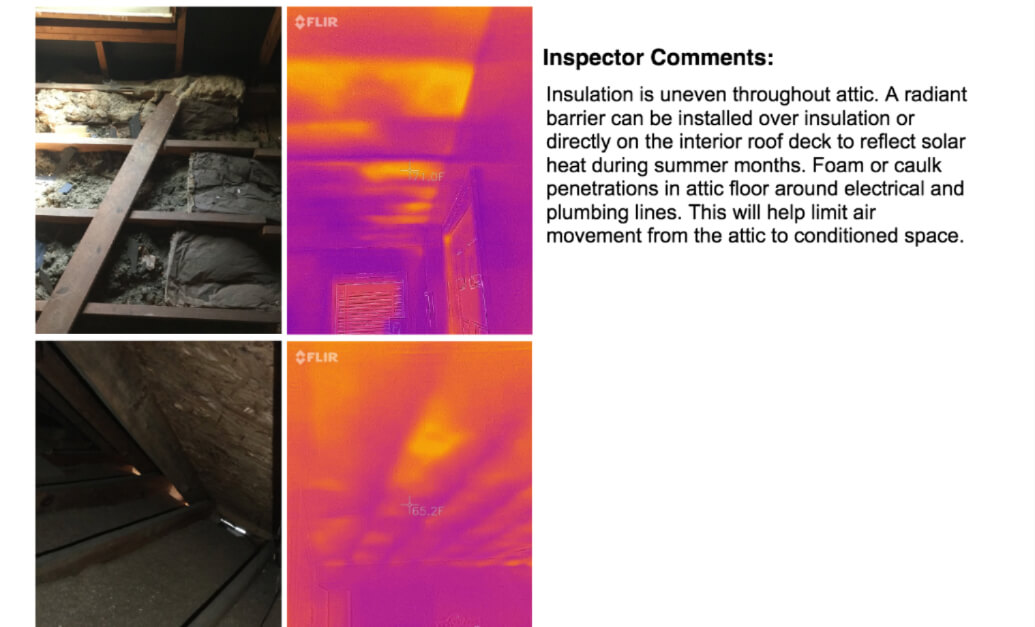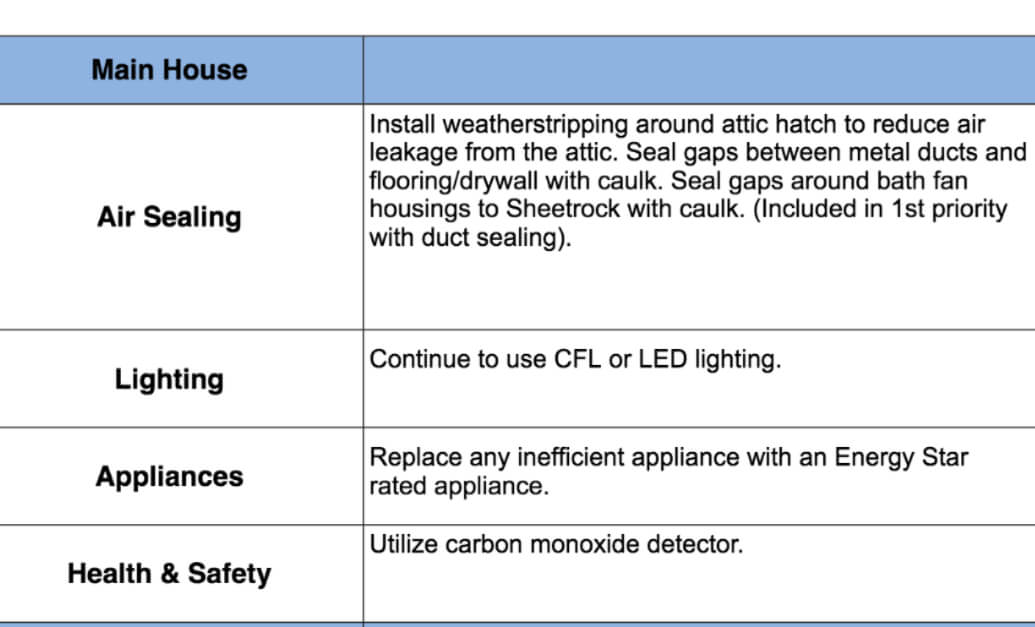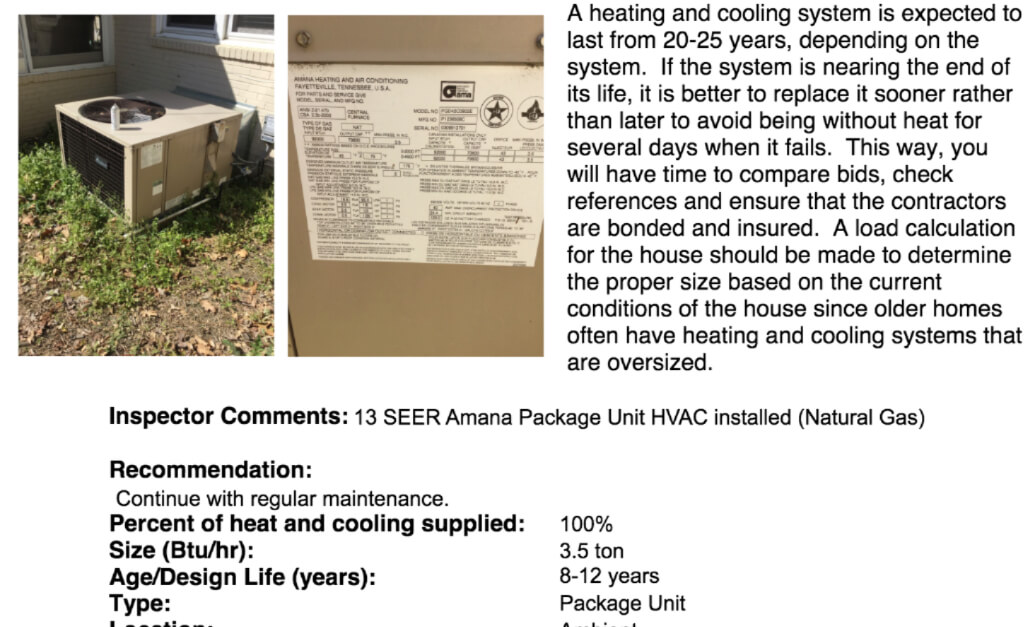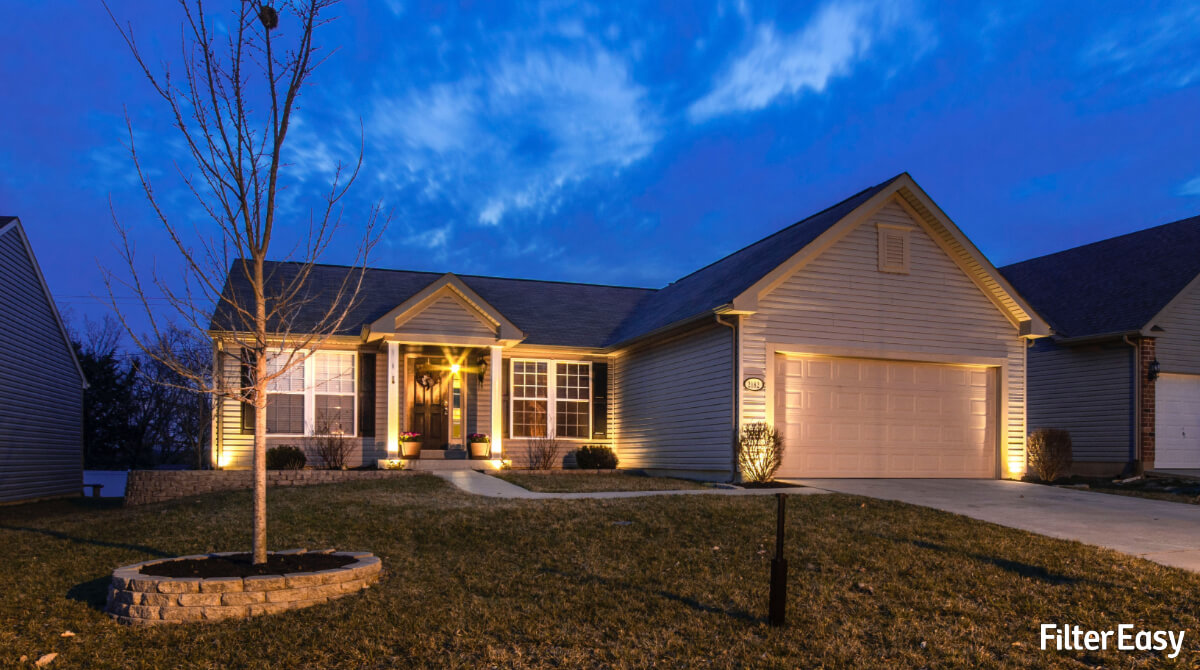What is an energy audit and what makes a good energy auditor?
It’s eight days after tax day, and we’re here to talk about audits. But don’t worry, these audits are actually good, and not a result of not paying your taxes. We’re talking about home energy audits.
A home energy audit (or assessment) is a review of your home’s energy usage to determine efficiency. A professional auditor will bring lots of fancy equipment to your home and conduct a thorough examination of every room.
Who does an energy audit?
Energy audits are conducted by professionals who are each certified as a Home Energy Rating System (HERS) Rater by the Residential Energy Services Network (RESNET) or certified as a Building Analyst by the Building Performance Institute. These certifications are important. You’re paying this person to do work on your home, and an audit can eventually pay for itself (when performed by a certified expert).
How is an energy audit done?
An energy audit is designed to provide a comprehensive understanding of how your home uses energy and how the construction impacts energy usage.
Step 1. Initial Overview
It typically starts with an auditor reviewing the layout of your home so they know where trouble areas may exist. Anything you can supply beforehand that might be enlightening, such as floor plans, will be helpful for the auditor.
Step 2. Assessment
An auditor will typically then have a discussion with the homeowner about any issues the homeowner has noticed. Things like unusually cold floors, areas of condensation, drafts, as well as appliance use will be relevant to the auditor.
Often times, the next step will involve an inspection of certain appliances known as combustion appliances. They’re called combustion appliances because they require the burning of fuel to generate heat. Furnaces and water heaters are often the combustion appliances that are tested.
Step 3. Air Leak Test
Next, your auditor will locate drafts and air leaks with what is called a blower test. This involves an apparatus that fits on a door frame and, as the name implies, blows air. While the blower is running, the auditor will use a device, often an infrared camera, to locate areas of leakage.
The audit may then conclude in the attic, where the infrared camera is again used to identify areas of leakage and insufficient insulation.

Step 4. Report Delivered
Finally, a report is put together by the auditor that details findings and provides specific and sequential instructions to fix the prevalent issues.


That concludes what an energy audit might look like in your home. Remember that all homes are different and all auditors probably have different ways of going about the same tasks so your audit may differ from this process to a certain degree.
What is the value of a home energy audit?
The value of an energy audit can be tremendous or minor, depending on how energy-efficient your home already is. You’ll receive step-by-step instructions from a professional on how to improve your home’s energy usage. As we’ve detailed in previous #FilterEasyFix episodes and blogs, there is an incredible amount of money to be saved on your energy bills with some relatively easy home fixes. An energy audit will tell what fixes or repairs are most relevant for you.
Should I have an energy audit done?
Yes, probably. Many homes have energy issues, and most older homes have more significant energy efficiency issues. You can save more than just a few dollars by identifying trouble areas in your home and cleaning them up. Some problems you can address on your own, but others may require a professional. If you suspect your house could be more energy efficient than it is, then an audit is probably a good idea and will eventually pay for itself with the money saved on each bill.
It's also worth noting that regularly replacing your home air filters will pay for itself by reducing your energy bills, preventing expensive repairs to your HVAC system, and potentially extending that costly system's lifespan. Sign up for Second Nature's subscription service today and that always forgotten to-do of replacing your air filters on time (or ever) will be permanently checked off your list.
Topics:




